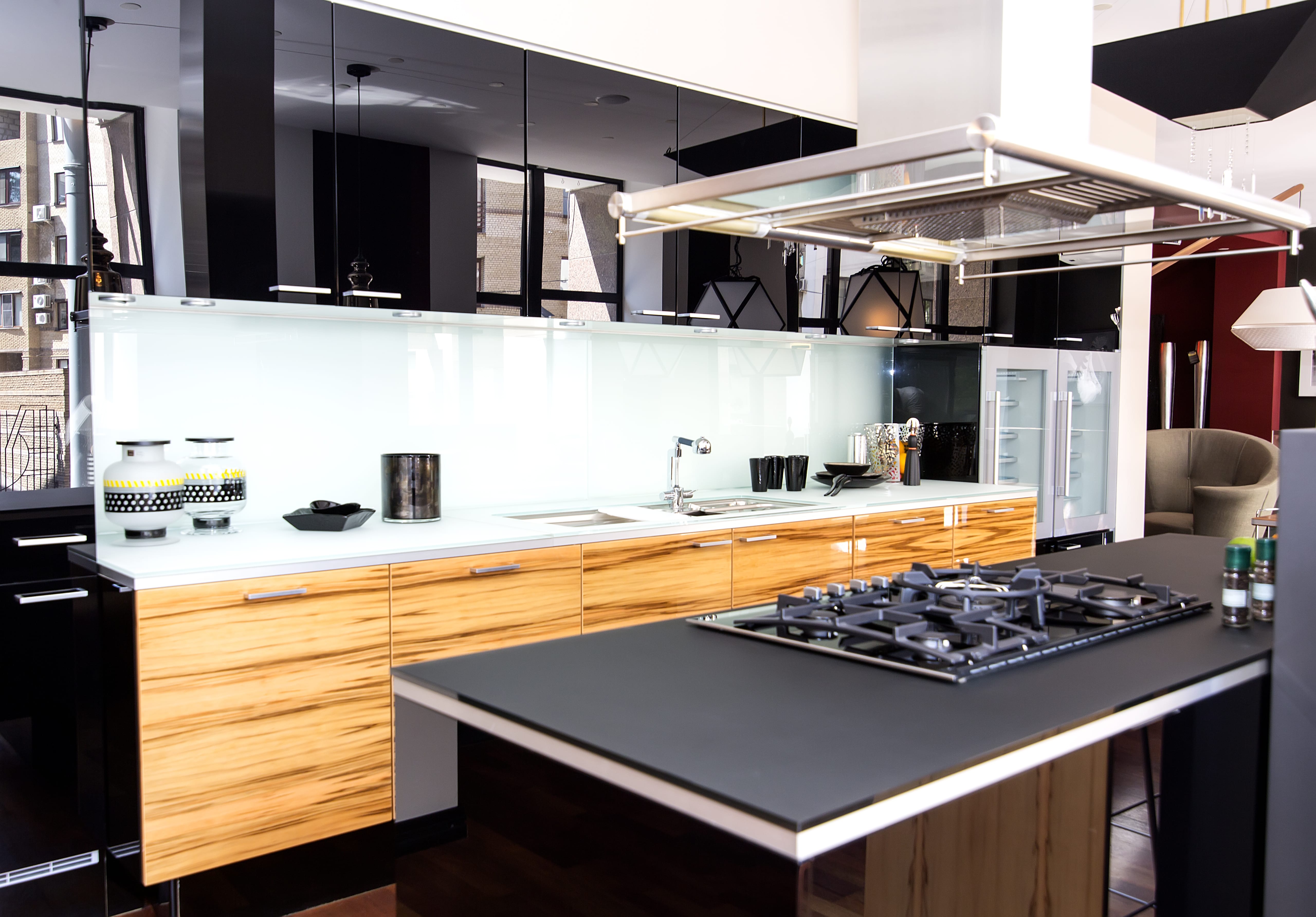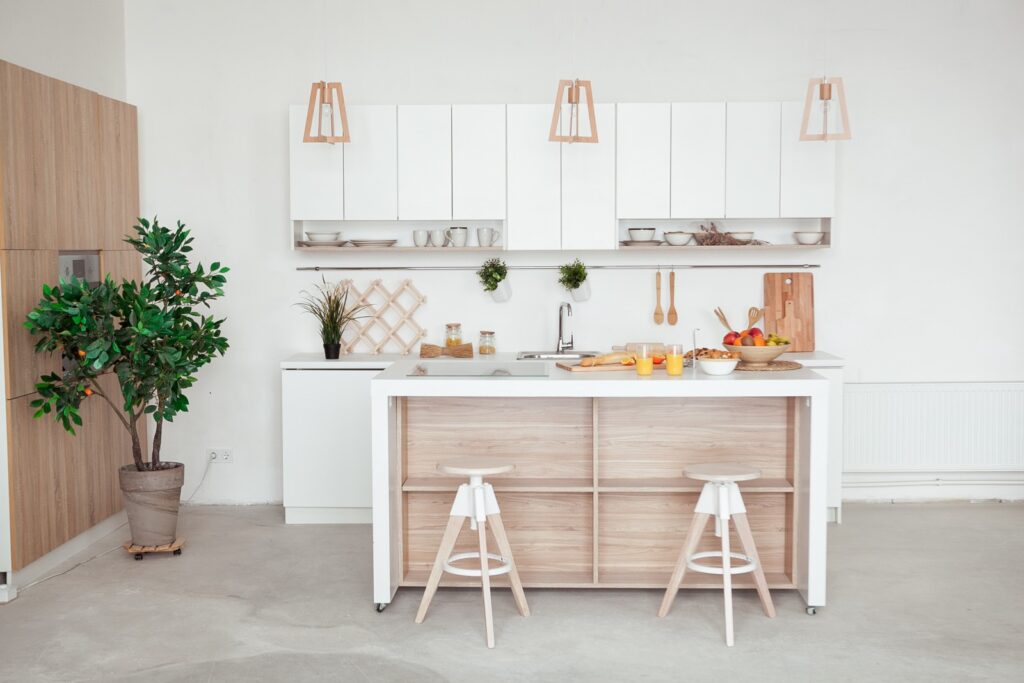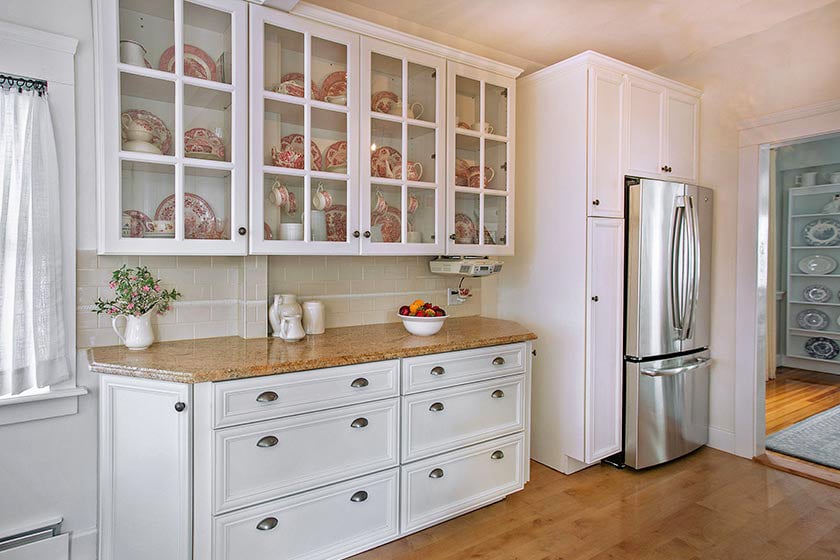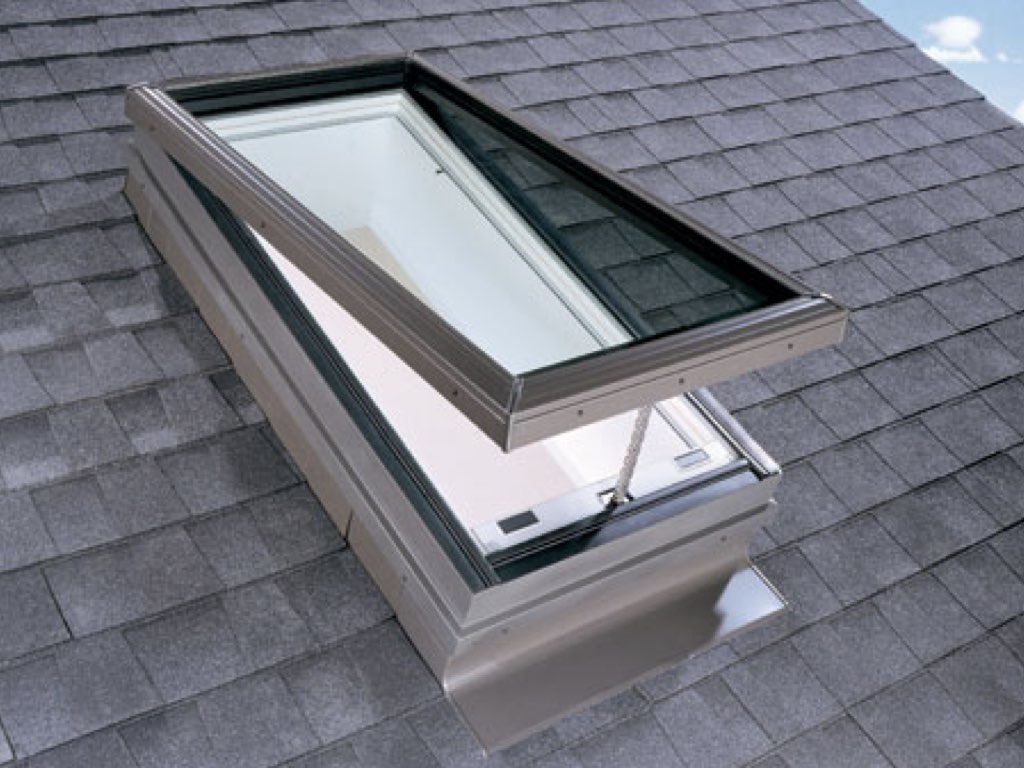How to Maximize Natural Light in Your Kitchen
If you're tired of cooking in a dark and dreary kitchen, it may be time to consider ways to increase the amount of natural light in your space. Not only does natural light make your kitchen look brighter and more inviting, but it also has numerous health benefits, such as improving mood and boosting productivity. Here are ten ways to make the most of natural light in your kitchen.
5 Ways to Make Your Kitchen Brighter with Natural Light
When it comes to maximizing natural light in your kitchen, there are a few simple strategies that can make a big difference. First, consider the placement of your windows. If possible, position them to face the natural light source, whether it's the sunrise or sunset. Additionally, keep your windows clean and unobstructed to allow for maximum light to enter your space.
Using Mirrors to Reflect Light in Your Kitchen
Mirrors are a great way to amplify the natural light in your kitchen. By strategically placing mirrors on walls or in cabinets, you can reflect light around the room and make it feel brighter and more spacious. Plus, mirrors come in a variety of shapes and sizes, allowing you to choose one that complements your kitchen's design.
Creating a Light and Airy Kitchen with Reflective Surfaces
Another way to enhance natural light in your kitchen is by incorporating reflective surfaces. This could include using light-colored or glossy materials for your countertops, backsplash, and cabinets. These surfaces will reflect light, making your space feel brighter and more open.
Maximizing Light in a Small Kitchen with Reflective Materials
If you have a small kitchen, it's essential to make the most of the natural light you have. One way to do this is by using reflective materials, such as stainless steel appliances or glass tiles. These materials will bounce light around the room, giving the illusion of a larger and brighter space.
Designing a Kitchen with Light-Reflecting Countertops
When choosing countertops for your kitchen, consider materials that are known for their light-reflecting properties. Quartz, marble, and granite are all popular choices that not only add a touch of elegance to your kitchen but also help reflect natural light. These materials are also durable and easy to maintain, making them a practical choice for any kitchen.
Using Glass Cabinet Doors to Enhance Natural Light in Your Kitchen
If you have upper cabinets in your kitchen, consider replacing some of the solid doors with glass ones. Glass cabinet doors allow natural light to pass through, brightening up your space and making it feel more open. They also provide an opportunity to showcase your dishware and add a touch of style to your kitchen.
How to Choose the Right Lighting for Your Kitchen
While natural light is important, it's not the only source of light in your kitchen. When choosing artificial lighting, opt for options that mimic natural light, such as LED or daylight bulbs. These will give your kitchen a brighter and more natural look compared to traditional incandescent bulbs. Also, consider adding task lighting under cabinets or above your stove to provide additional light for cooking and food prep.
Incorporating Skylights in Your Kitchen for More Natural Light
If you're building a new kitchen or doing a major renovation, consider incorporating skylights into your design. Skylights allow natural light to flood into your space, making it feel more open and airy. They also provide an opportunity to stargaze while doing the dishes at night!
Creating a Bright and Open Kitchen with Light-Reflecting Paint Colors
Lastly, don't underestimate the power of paint when it comes to maximizing natural light in your kitchen. Lighter paint colors, such as white, cream, or light grey, will reflect light and make your kitchen feel brighter and more spacious. You can also add pops of color with accessories or artwork to bring some personality to your space.
In conclusion, there are numerous ways to enhance natural light in your kitchen, from using reflective materials to incorporating skylights into your design. By following these tips, you can create a bright and inviting kitchen that will make cooking and entertaining a more enjoyable experience. So go ahead and let the sun shine in!
Creating a Bright and Inviting Kitchen Through Reflection of Light

Maximizing Natural Light
 One of the most important elements in house design is lighting. It not only affects the overall ambiance of a space but also has a significant impact on our mood and well-being. When it comes to the kitchen, a well-lit space can make all the difference in creating a bright and inviting atmosphere.
Natural light
is the best source of illumination, and it can easily be incorporated into the design through the use of windows, skylights, and
french doors
. These features not only bring in an abundance of natural light but also offer beautiful views of the outdoors, making the kitchen feel more spacious and connected to nature.
One of the most important elements in house design is lighting. It not only affects the overall ambiance of a space but also has a significant impact on our mood and well-being. When it comes to the kitchen, a well-lit space can make all the difference in creating a bright and inviting atmosphere.
Natural light
is the best source of illumination, and it can easily be incorporated into the design through the use of windows, skylights, and
french doors
. These features not only bring in an abundance of natural light but also offer beautiful views of the outdoors, making the kitchen feel more spacious and connected to nature.
Using Reflective Surfaces
 Another way to
reflect light
in the kitchen is by using reflective surfaces. This can be achieved through the use of materials such as
mirrors, glass, and glossy finishes
. These surfaces bounce light around the room, making it appear brighter and more spacious. For example, a mirrored backsplash can reflect natural light from a nearby window, instantly brightening up the entire kitchen. Additionally,
glass cabinet doors
can also help to reflect light, giving the illusion of a larger space.
Another way to
reflect light
in the kitchen is by using reflective surfaces. This can be achieved through the use of materials such as
mirrors, glass, and glossy finishes
. These surfaces bounce light around the room, making it appear brighter and more spacious. For example, a mirrored backsplash can reflect natural light from a nearby window, instantly brightening up the entire kitchen. Additionally,
glass cabinet doors
can also help to reflect light, giving the illusion of a larger space.
Strategic Placement of Lighting Fixtures
 In addition to natural light and reflective surfaces,
artificial lighting
also plays a crucial role in creating a well-lit kitchen. When designing the lighting layout, it is important to consider the placement of fixtures to
maximize reflection of light
. For instance, pendant lights hung over a kitchen island can provide direct lighting while also bouncing off the reflective surfaces on the island’s countertop. Under-cabinet lighting can also help to brighten up the workspace and add a warm glow to the kitchen.
In addition to natural light and reflective surfaces,
artificial lighting
also plays a crucial role in creating a well-lit kitchen. When designing the lighting layout, it is important to consider the placement of fixtures to
maximize reflection of light
. For instance, pendant lights hung over a kitchen island can provide direct lighting while also bouncing off the reflective surfaces on the island’s countertop. Under-cabinet lighting can also help to brighten up the workspace and add a warm glow to the kitchen.
The Power of White
 Lastly, the color of your kitchen can also affect how light is reflected in the space. A
white or light-colored kitchen
will naturally reflect more light, making it appear brighter and more spacious. This can be achieved through white cabinets, countertops, and backsplash. To add some contrast, you can incorporate pops of color through accessories and decor.
In conclusion, the
reflection of light
is an essential aspect of kitchen design that can greatly enhance the overall look and feel of the space. By incorporating natural light, reflective surfaces, strategic lighting fixtures, and a light color scheme, you can create a bright and inviting kitchen that is not only functional but also visually appealing. So, when designing your kitchen, don't underestimate the power of light and how it can transform your space.
Lastly, the color of your kitchen can also affect how light is reflected in the space. A
white or light-colored kitchen
will naturally reflect more light, making it appear brighter and more spacious. This can be achieved through white cabinets, countertops, and backsplash. To add some contrast, you can incorporate pops of color through accessories and decor.
In conclusion, the
reflection of light
is an essential aspect of kitchen design that can greatly enhance the overall look and feel of the space. By incorporating natural light, reflective surfaces, strategic lighting fixtures, and a light color scheme, you can create a bright and inviting kitchen that is not only functional but also visually appealing. So, when designing your kitchen, don't underestimate the power of light and how it can transform your space.

























































































































